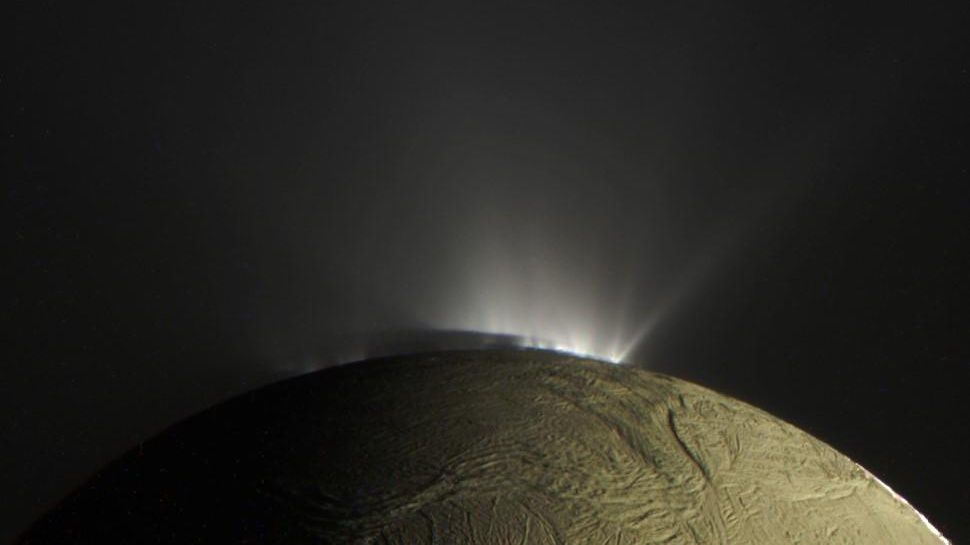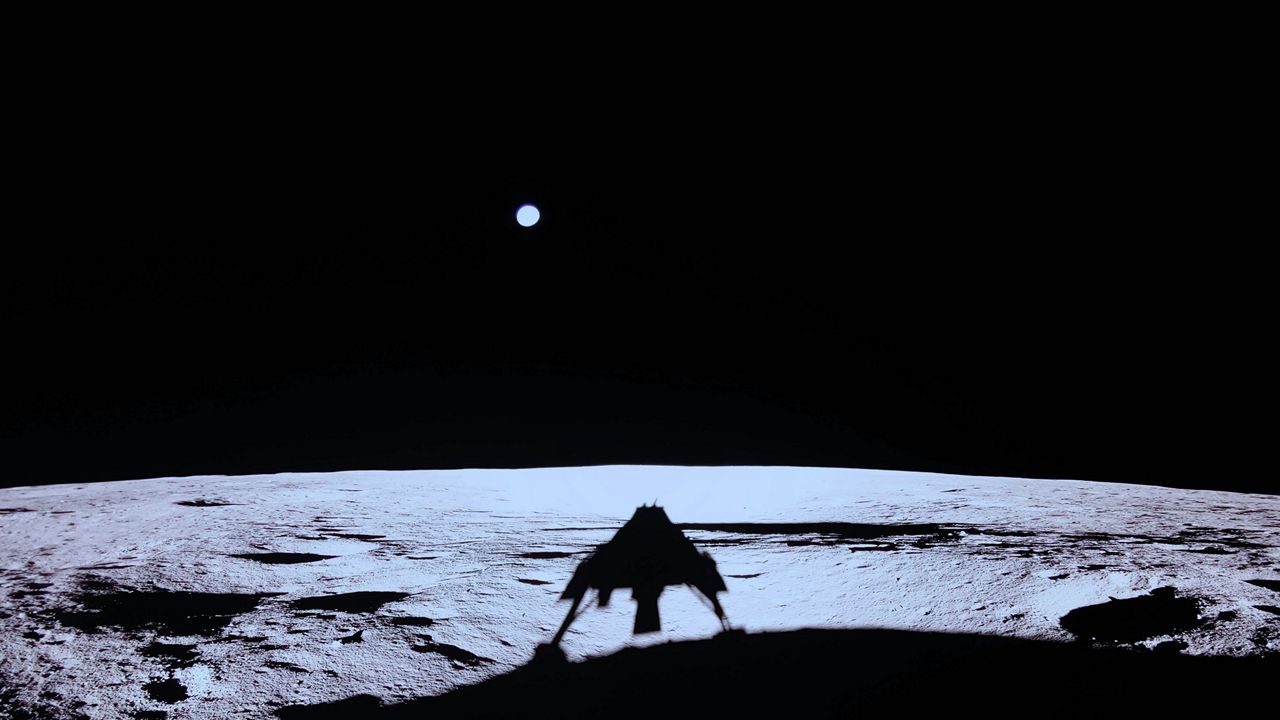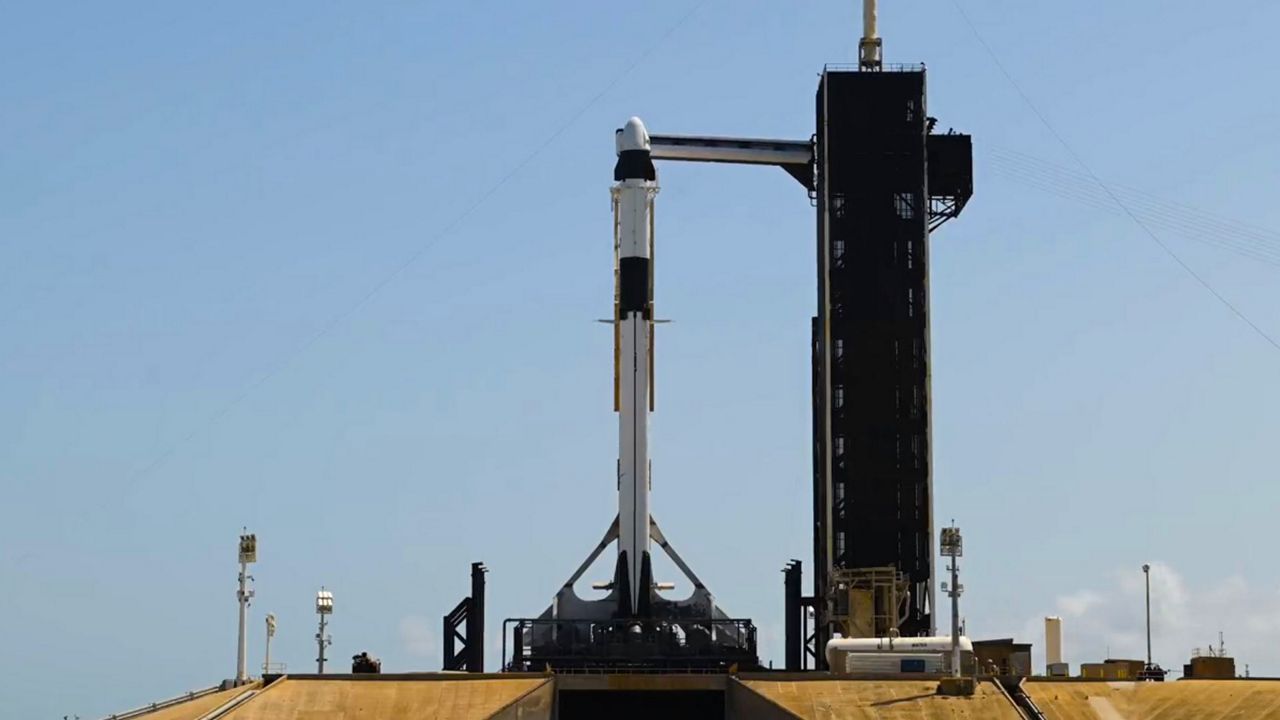The subsurface, global ocean on one of Saturn’s moons has all the building blocks to sustain life, according to a study published Wednesday in the journal Nature.
What You Need To Know
- The subsurface, global ocean on one of Saturn’s moons has all the building blocks to sustain life, according to a study published Wednesday in the journal Nature
- Researchers had previously established that Enceladus, one of Saturn’s 146 moons, contained five of the six essential elements for life: carbon, hydrogen, nitrogen, oxygen and sulfur
- But they had not been able to prove it also had phosphorous, which is needed for the creation of DNA
- The researchers studied data captured by NASA’s Cassini spacecraft mission of cryovolcanic plumes from Enceladus that floated into space
Researchers had previously established that Enceladus, one of Saturn’s 146 moons, contained five of the six essential elements for life: carbon, hydrogen, nitrogen, oxygen and sulfur. But they had not been able to prove it also had phosphorous, which is needed for the creation of DNA.
Enceladus is about 300 miles in diameter. Its salty ocean, which lies beneath an icy surface layer, is about 30 miles deep and spews plumes of water vapor from cryovolcanoes.
NASA’s Cassini spacecraft mission, which was deployed into Saturn’s orbit from 2004 to 2017 before taking a planned “death plunge” into the planet’s atmosphere, was able to collect data from ice particles from the plumes that escaped into space through cracks in Enceladus’ crust. The international research team then detected phosphorous.
“This is a stunning result for astrobiology and a major step forward in the search for life beyond Earth,” said Christopher Glein, a planetary scientist and geochemist at Southwest Research Institute and one of the study’s authors.
Based on lab experiments simulating conditions in Enceladus’ ocean, researchers estimate the phosphorous concentrations in the water are 100 to 1,000 times higher than in Earth’s oceans, where the element is mostly trapped in rocky minerals.
“Previous geochemical models were divided on the question of whether Enceladus’ ocean contains significant quantities of phosphates at all,” said Professor Frank Postberg, a planetary scientist at Freie Universität in Berlin and the study’s lead author. “These Cassini measurements leave no doubt that substantial quantities of this essential substance are present in the ocean water.”
But while the discovery suggests Enceladus can support life, it’s unknown whether it actually does.
“The next step is clear — we need to go back to Enceladus to see if the habitable ocean is actually inhabited,” said Dr. Nozair Khawaja, a planetary scientist at Freie Universität Berlin, who also participated in the study.
Postberg said the findings suggest other places in the solar system with similar conditions might also be able to support life. Those places might include Saturn’s moon Titan and Neptune’s moon Triton.
“That’s great news for a number of ocean worlds outside of Jupiter,” he said.








